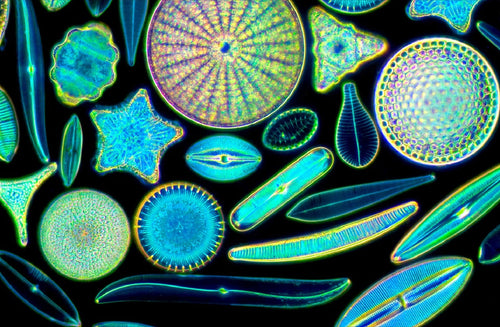
Diatoms - Nature’s Jewels viewed with a Microscope
Motic America
Diatoms are unicellular algae (Division Chrysophyta, Class Bacillariophyceae). Diatoms are microscopic in size, live in water, soil and moist en...
Read Article
Diatoms are unicellular algae (Division Chrysophyta, Class Bacillariophyceae). Diatoms are microscopic in size, live in water, soil and moist en...
Read ArticleGet inspired by Motic!

In the history of microscopy, one of the challenges microscopists faced was producing enough contrast when observing thin tissue sections and li...

Following up on our previous piece (Part I) on contrast methods, in Part II we talk about Polarization and DIC. Polarization - This contrast method is...

Ever wonder which lighting technique on a microscope is best for your samples? Different contrast methods could be vital to emphasize features and defects. Motic...

Have you ever crashed your microscope objective into a sample ? At some point we all have This is where the concept of Working Distance...

The Moticam ProS5 Lite dedicated microscope camera offers 5MP (2448 x 2048 px) and can be attached to a microscope via a C-mount. A C-mount is a...

As technology has improved in cameras, monitors, computers and software so has risen the popularity of Digital Microscopes. Below we breakdown the differences between a...

A pond can support thousands of different species and there is always the thrill of finding something new. The internet offers science papers, aquatic guides...